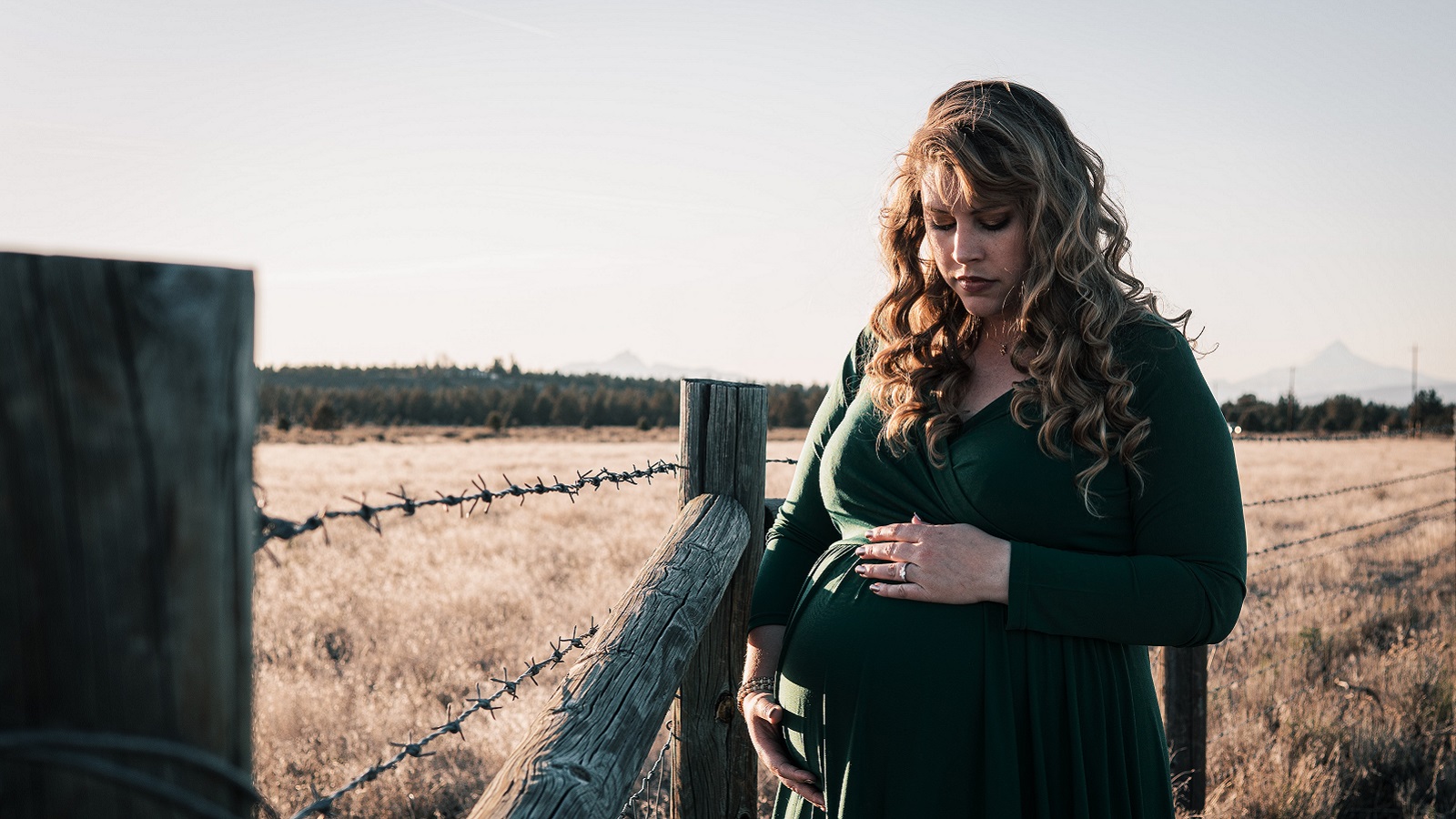Women are not dying because of diseases we cannot treat. They are dying because societies have yet to make the decision that their lives are worth saving.
—Mahmoud Fathalla
There is a crisis in the United States… a crisis that will worsen after the COVID-19 pandemic is behind us. We are losing too many mothers and babies in childbirth. Despite technologic advances, the rates of maternal and infant mortality have increased substantially. It’s now more dangerous to birth a child than it was 20 years ago, and this is particularly true for women of color and women living in rural communities.
There are many reasons for this, but one important component is the development of maternity care deserts—that is, geographic areas where access to safe maternity care is sometimes hundreds of miles away. These deserts are especially prominent in communities with a higher percentage of minorities. And further, the resources available for obstetric emergencies decline with rising percentages of minorities within respective communities.
As a Family Medicine physician, I have provided maternity care in the frontier community of Valdez, Alaska, for the past 26 years, and I’ve seen firsthand the obstetric emergencies that occur across rural America. We have been fortunate to keep our hospital and maternity unit open, thus handling obstetric emergencies as they present. This has not been the case in many parts of rural America.
Rural hospital & maternity unit closures
Since 2005, there have been 170 rural hospital closures, many of those within the past two years. Even more rural hospitals have been operating at a deficit, and over 600 rural hospitals are in danger of closing. Of the rural hospitals that remain, many have been forced to close their maternity units. And these statistics will only worsen given the profoundly negative impact of the COVID-19 pandemic on rural hospitals and healthcare providers.
There are more than 28 million women of reproductive age living in rural communities. We know that the timing of maternal mortality can be roughly divided into thirds: one-third of maternal deaths occur during pregnancy (including the first trimester), one-third occur in the week surrounding delivery, and one-third in the year following delivery. This means that the processes that lead to approximately two-thirds of maternal deaths occur in the communities where women live.
Many women living in rural America must travel great distances for prenatal care, which poses transportation and childcare difficulties. And further, many pregnant women are essential income earners for their families, thereby making travel to prenatal appointments exponentially more expensive due to time needed off work.
Many obstetricians in metropolitan areas require pregnant patients to stay in the metropolitan community starting at 36 weeks, often resulting in separation from their families, children, and broader social networks. These metropolitan stays are often extremely expensive and interfere with family finances.
Thus, many women choose to stay within their communities despite the risks associated with decreased access to a hospital capable of handling obstetric emergencies. My experiences in Valdez have taught me that many obstetric emergencies cannot wait for transport to a tertiary care center… preeclampsia, HELLP syndrome, and postpartum bleeding require responses measured in minutes, not hours.
Cesarean deliveries & the generalist physician
The ability to perform a cesarean section in a rural community can be lifesaving for the mother and also the newborn infant. Undoubtedly, there are too many cesareans performed in the U.S. and every effort should be made to minimize this procedure, but there are times when cesarean deliveries are needed.
Further, the ability to perform a cesarean section raises the bar for hospital capability in terms of nursing and anesthesia, which ultimately translates to improved care for other areas of the hospital, such as trauma and inpatient medicine. And I’ve seen this in action despite the small size of our hospital and community. The population of Valdez is 4,000 persons, and we have a 10-bed critical access hospital. Our statistics are excellent, including an infant mortality rate that is lower than the national average.
If we are to improve maternal health outcomes in America, we must invest in rural communities. This includes rebuilding much of the infrastructure that we’ve lost over the last 25 years and promoting the training of broad scope Family Medicine physicians who are capable of providing a high level of maternity and newborn care, including cesarean sections. We must address the urgent need in this country for generalist physicians with strong procedural skills.
Rural hospitals must also have strong telemedicine support, as well as logistical and educational support from tertiary care hospitals. And ultimately, rural hospitals need greater financial support from our federal and state governments. These are the steps we must take to avert the worsening crisis of maternal and infant mortality in rural America.
**Feature photo by Alek Kalinowski on Unsplash
Interested in other articles like this? Subscribe to our bi-weekly newsletter
Interested in contributing to the Harvard Primary Care Blog? Review our submission guidelines

John Cullen, MD, is a full-spectrum, rural Family Medicine Physician who has practiced in Valdez, Alaska for the past 27 years. He is a recent Past President of the American Academy of Family Physicians.
- Share
-
Permalink


